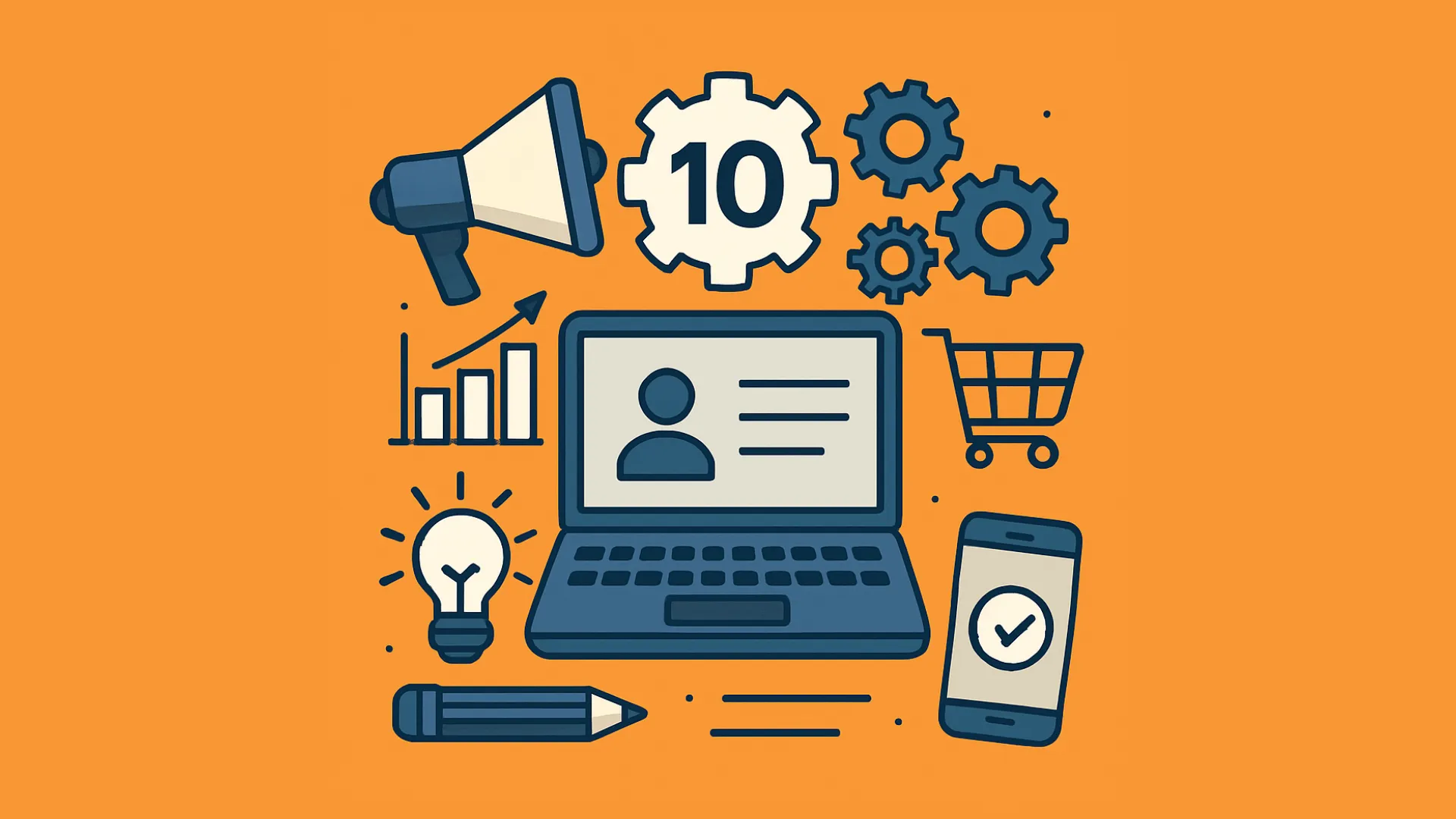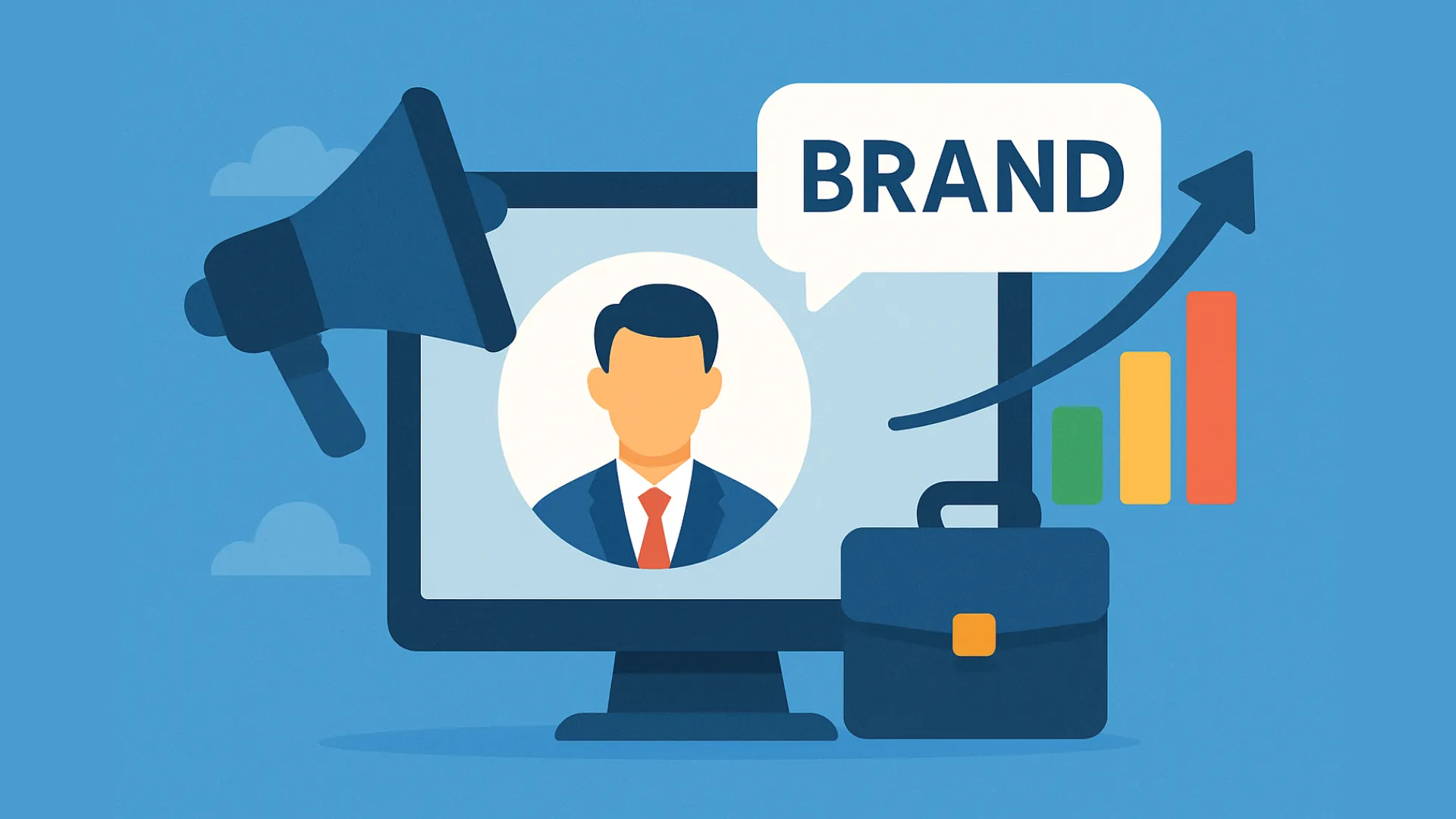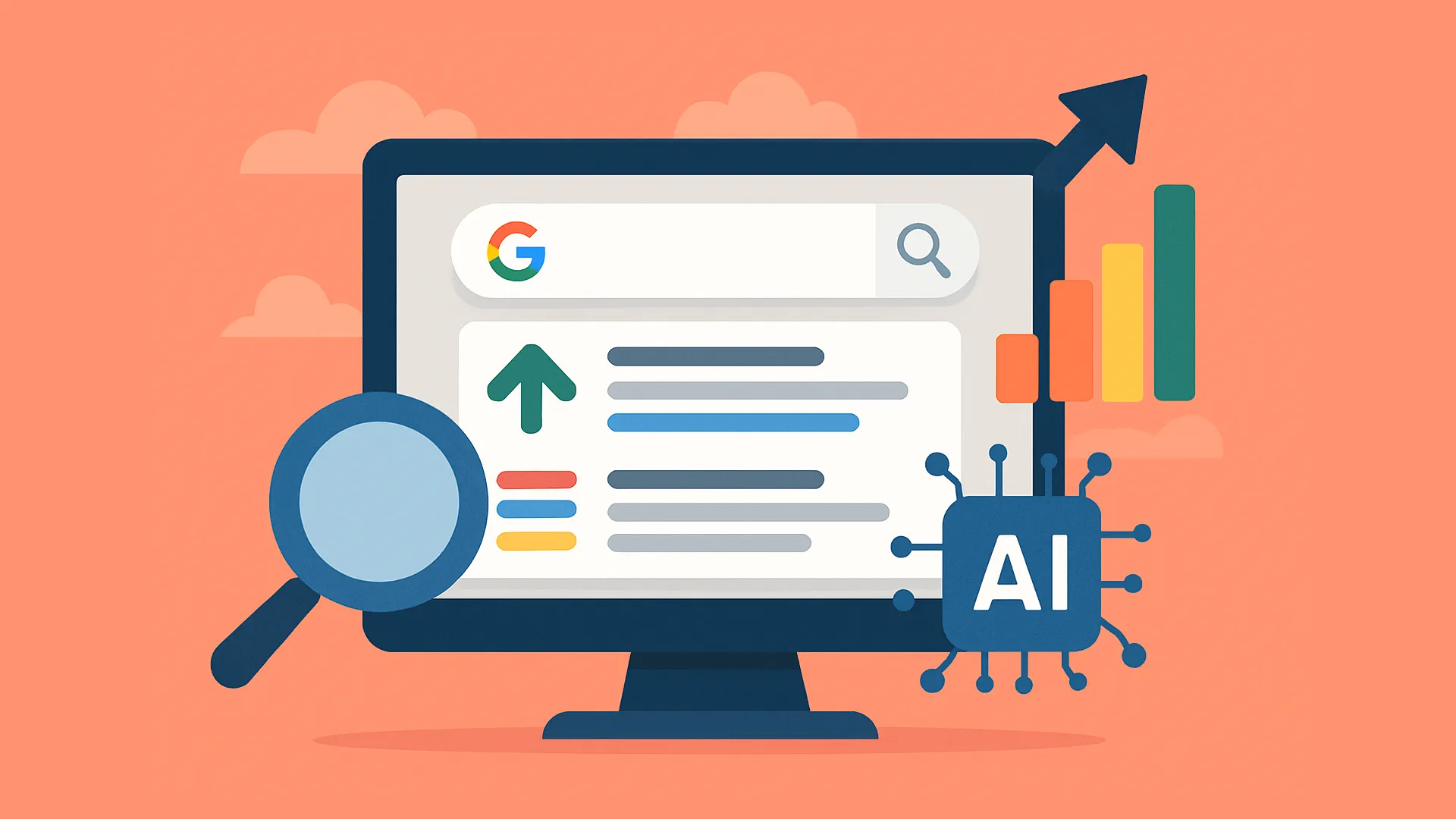In today’s fast-paced digital marketplace, small online businesses must leverage the right tools to save time and boost sales. From marketing platforms to automation software, the must-have digital tools below help entrepreneurs scale their business efficiently. We’ve chosen a balanced mix of free and paid solutions across marketing, analytics, automation, content, CRM, and e-commerce. Each tool is explained in terms of what it is, how it works, and how it drives growth and conversions.
1. Beehiiv – Newsletter Marketing Platform
Beehiiv is an all-in-one email newsletter platform built for content creators and businesses. It makes it easy to design, write, send, promote, monetize, and track ROI for email campaigns. In practice, Beehiiv lets you create engaging newsletters from templates and segment your audience for targeted campaigns. Email remains hugely effective: over 81% of small businesses use email as a primary acquisition channel, and expert sources note email marketing yields an average ROI of ~$42 per $1 spent. Beehiiv even provides built-in monetization through sponsorships and subscriptions, helping entrepreneurs turn their newsletter into revenue.
- Key features: Drag-and-drop email editor, subscriber segmentation, A/B testing, analytics dashboard (opens, clicks), and integrated ad network for monetization.
- How it helps: Automates newsletter delivery (saving hours vs manual email sends) and provides growth analytics. Strong email engagement means more traffic and sales – Beehiiv helps small brands stay top-of-mind with customers via regular, professional updates.
By making email marketing simple and measurable, Beehiiv helps entrepreneurs grow their audience and drive sales in a competitive digital landscape.
2. Ahrefs – SEO & Competitive Analysis
Ahrefs is a powerful SEO toolset designed to help businesses improve search rankings. It includes keyword research, backlink analysis, rank tracking, and site auditing features all in one platform. Ahrefs constantly crawls the web (processing up to 8 billion pages daily), giving you up-to-date data on your link profile and competitors’ SEO strategies. By analyzing which keywords drive traffic and which sites link to top competitors, Ahrefs uncovers content and backlink opportunities.
- Key features: Keyword explorer, backlink checker, site audit, rank tracker, and content gap analysis.
- How it helps: Optimizes content for search engines (improving visibility) and identifies how competitors get links. In practice, this means discovering high-ROI keywords to target and fixing on-site SEO issues that increase conversions.
According to industry analysts, Ahrefs is “the undisputed champion of backlink analysis”. For small businesses, using Ahrefs can uncover quick wins to boost organic traffic – a steady source of leads – making it one of the best business tools in 2025.
3. Google Analytics 4 – Web & App Analytics
Google Analytics 4 (GA4) is a free analytics solution that tracks customer behavior across websites and apps. It provides detailed reports on user demographics, traffic sources, on-site engagement, and conversion funnels. GA4 integrates with Google Ads and other platforms to give a unified view of the customer journey. According to Google, GA4 “gives you the tools, free of charge, to understand the customer journey and improve marketing ROI”.
- Key features: User journey analysis, event tracking, cross-device reporting, and AI-powered insights.
- How it helps: By measuring which marketing channels drive sales (e.g. organic search vs social vs email) and where visitors drop off, small businesses can focus on high-ROI strategies. Custom dashboards make it easy to monitor key metrics (traffic, bounce rates, conversions) and test changes (such as landing page tweaks) to improve results.
In short, GA4 provides crucial visibility: you learn who your customers are and what they do on your site. This data helps optimize marketing spend and improve sales funnels, making GA4 an essential tool for small business growth.
4. Webflow – No-Code Website Builder
Webflow is a visual no-code website builder and CMS that lets you create professional websites without hand-coding. It combines a drag-and-drop design interface with built-in hosting and content management. According to Webflow, its platform enables you to “create, manage, and optimize web experiences that convert — without sacrificing brand consistency”. In practice, entrepreneurs use Webflow to build custom landing pages, blogs, and even online stores, all responsive and SEO-friendly.
- Key features: Visual drag/drop designer, responsive layouts, built-in CMS, fast hosting, and SEO controls.
- How it helps: Speeds up website development: instead of hiring developers, a small team can launch a polished site quickly. Given that 73% of U.S. small businesses had a website by 2023, using Webflow saves on development costs and ensures the site is modern and mobile-friendly. A strong, well-designed website improves credibility and leads to higher conversion rates (visitors who see a professional site are more likely to buy).
By empowering owners to update their site in-house, Webflow cuts time and cost. Many fast-growing businesses are using it to iterate landing pages and product sites rapidly – key for scaling an online brand.
5. Zapier – Workflow Automation
Zapier is a leading automation platform that connects thousands of apps (like your CRM, email, e-commerce, and more) via automated workflows called “Zaps.” You can set triggers (“When this happens…”) and actions (“do that automatically”) without coding. For example, a Zap can automatically copy new form leads into your CRM and send a welcome email, or post new products to social media when they’re added to your store.
- Key features: Integrations with 5,000+ apps, multi-step Zaps, filters/paths, scheduling.
- How it helps: Automates repetitive tasks (data entry, follow-ups, reporting) to save hours of manual work. Zapier reports that 66% of knowledge workers who use their platform can focus more on creative tasks, and 88% of small business owners say automation helps them compete with larger rivals. In other words, Zapier lets small teams “punch above their weight” by handling busywork automatically.
Using Zapier, entrepreneurs can ensure leads, orders, and customer inquiries flow seamlessly between tools – leading to faster response times and more sales. For example, an automated email to new leads can increase conversions, and Slack notifications for new sales keep teams aligned without manual updates.
6. HubSpot CRM – Customer & Marketing Hub
HubSpot’s CRM platform is a unified suite for customer relationship management, marketing automation, and sales. At its core is a free contact database that stores leads, companies, and deals. It also includes email marketing, form builders, and basic sales pipelines. HubSpot says that customers typically “acquire 129% more leads, close 36% more deals, and see a 37% improvement in ticket closure rates” after one year of using its tools.
- Key features: Free CRM for contacts/deals, email campaign builder, landing pages, live chat, lead scoring, and reporting dashboards.
- How it helps: Centralizes all customer data in one place, breaking down silos between marketing and sales. Small businesses can track exactly how prospects move through the funnel – from first website visit to deal won. Automated email sequences nurture leads, and sales teams get reminders for follow-ups. The result is a more efficient pipeline: you lose fewer leads (because follow-ups are automated) and close more deals (because hot leads are identified).
HubSpot’s free tier makes it accessible to startups, and its easy integrations (with Zapier, Shopify, etc.) mean it grows with your business. In practice, it helps entrepreneurs streamline workflows and turn more prospects into customers without missing any.
7. Shopify – E-Commerce Platform
Shopify is a comprehensive e-commerce platform that powers online stores for businesses of all sizes. It provides everything needed to sell products or services online: website hosting, payment processing, shopping cart, and inventory management. Shopify hosts some of the world’s biggest brands – Gymshark, Pepsi, Red Bull and more use it for their online sales. It also powers millions of smaller stores: in fact, about two-thirds of Shopify stores are in the U.S., with nearly 3 million active U.S. stores as of early 2023.
- Key features: Storefront builder, secure checkout, Shopify Payments, mobile app, marketing tools, app marketplace for reviews, accounting and more.
- How it helps: Simplifies launching an online store even for non-technical users. Small businesses can set up products, accept credit cards, and handle shipping without coding. Built-in SEO and analytics help optimize the shop for visibility and conversion. Importantly, Shopify scales – as a store grows, it can add advanced apps or upgrade to Shopify Plus.
With global e-commerce continuing to expand (projected ~$4.8 trillion in 2025), Shopify ensures businesses can reach customers worldwide. Its ease-of-use saves time, and its reliability (99.9% uptime) means you never lose sales.
8. Canva – Graphic Design & Content Creation
Canva is a user-friendly graphic design platform used by marketers and entrepreneurs for creating visual content. It offers thousands of templates (social posts, ads, presentations, infographics, and more) and a drag-and-drop editor, so you don’t need a professional designer. Canva has seen explosive growth: as of late 2024 it had 220 million active users and 21 million paid subscribers, with an average of 38.5 million new designs created each day.
- Key features: Pre-made templates, stock photos/graphics, simple editing tools, brand kit (colors/fonts), and collaboration features.
- How it helps: Empowers small teams to produce eye-catching graphics that drive engagement. For example, social media ads or blog images made in Canva can boost click-through rates. Rather than paying costly designers or spending hours on complex software, a team member can whip up a polished poster or video thumbnail in minutes. This saves budget and keeps marketing consistent.
Because content quality significantly affects visibility and sales, Canva is a “must-have” tool. Its free tier covers most basic needs (with millions of free photos/assets), and affordable upgrades add premium content. By streamlining design, Canva lets small businesses increase their creative output – posting more often on social or producing on-brand visuals that attract customers.
9. Social Media Management (Hootsuite/Buffer)
Hootsuite and Buffer are popular tools for managing social media marketing. They allow businesses to schedule posts to multiple social networks, monitor engagement, and measure results – all from one dashboard. For a busy business owner, batching content creation and scheduling saves hours of daily social media tasks. As one review notes, Hootsuite’s powerful scheduling is a defining feature that stands out among social media tools. Buffer, on the other hand, focuses on ease of use: you can quickly queue posts and let Buffer pick optimal times to publish.
- Key features: Multi-platform scheduling, content calendar, analytics (likes, clicks), social inbox (comments/messages), and team collaboration.
- How it helps: Ensures a consistent posting schedule (important for visibility in 2025) without logging in every day. For instance, scheduling a week’s worth of tweets or Instagram posts in one sitting frees up time. These tools also aggregate comments and messages, so you can respond to customers quickly. Analytics dashboards show which posts perform best, helping refine strategy.
By automating social media tasks, Hootsuite/Buffer help small businesses maintain an active presence (which increases brand awareness and customer trust) while saving time to focus on core operations. Many entrepreneurs find this especially valuable: instead of manually posting, they plan campaigns in advance and let the tools handle the rest.
10. Slack – Team Communication & Collaboration
Slack is a leading team chat and collaboration platform that replaces email for internal communication. It organizes conversations into channels (by project, department, or topic) and supports direct messaging, file sharing, and integrations with other tools. Over 100,000 organizations use Slack, including a large percentage of small businesses, because it centralizes remote communication.
- Key features: Instant messaging, threaded channels, voice/video calls, screen sharing, and searchable archives. Integrations include Google Drive, Zapier, and e-commerce apps.
- How it helps: Keeps teams connected and projects transparent. For a small business, quick communication is vital – whether it’s a sales question, a design mockup, or a customer issue, Slack accelerates decision-making. By integrating with tools like Zapier or Google Analytics, Slack can even deliver automated alerts (e.g., new orders or site issues) into a channel.
In practice, using Slack reduces email clutter and speeds up responses. For example, a question that once took days over email can often be answered in minutes on Slack. This agility translates to faster customer support and execution. As more work stays digital, Slack is one of those software tools for small business growth that makes everyday operations smoother.
Each of these top 10 tools saves time and boosts efficiency in its domain. Together, they form a toolkit for scaling an online business: marketing with Beehiiv and social schedulers, analyzing with Ahrefs and Google Analytics, automating with Zapier, managing customers with HubSpot, selling with Shopify, creating content with Canva, and collaborating via Slack. By leveraging these technologies, entrepreneurs can focus on strategy while the tools handle routine tasks – increasing visibility, converting more sales, and ultimately accelerating growth.
For personalized advice on choosing and implementing these tools, feel free to contact us. For more strategies, trends, and tips for online success, read our other blogs.
Latest Blogs
Fresh Insights, Expert Tips, and Trendspotting to Keep Your Business Ahead
We want to work with you.
We’re always looking for partners to help us deliver top-notch services. If you’re excited to collaborate and bring digital growth solutions to clients together, let’s connect and make it happen.
Ready to Elevate Your Digital Presence?
Discover how Tezons’ bespoke strategies and cutting-edge solutions can drive real growth. Connect with our team today and let’s turn your vision into results!

Join Tezons.
Eager to elevate your career? Join our team of innovators and contact us today to discover exciting opportunities at Tezons.





